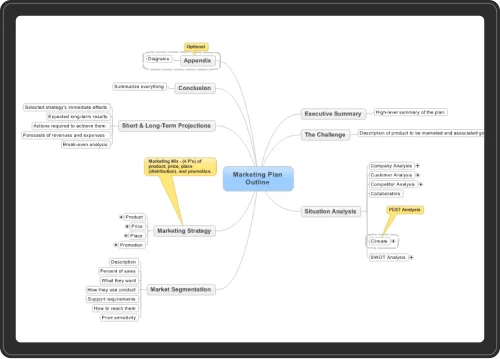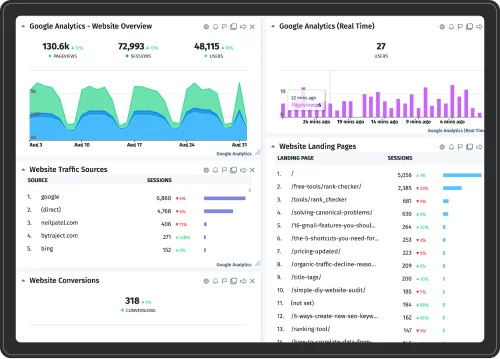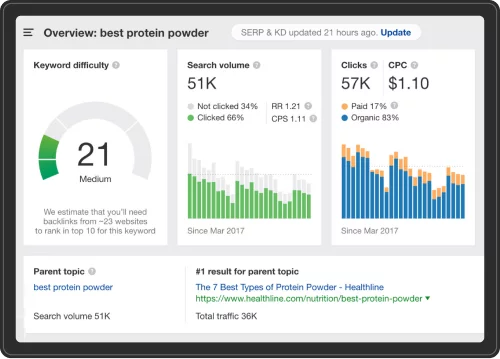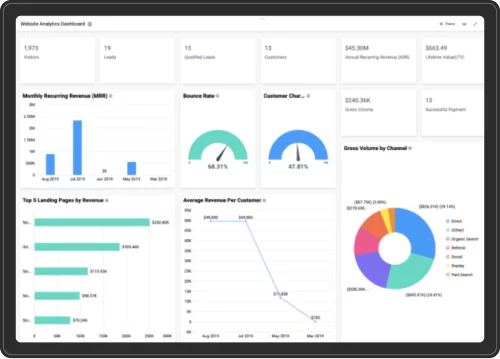Search Engine Optimization (SEO) is a critical component of digital marketing that focuses on improving a website’s visibility in search engine results. A well-structured SEO plan helps businesses attract organic traffic, enhance their online presence, and achieve their marketing goals. This article outlines the key steps to develop an effective SEO plan.
1. Define Your Goals
The first step in creating an SEO plan is to clearly define your objectives. Common SEO goals include:
- Increasing Organic Traffic: Attracting more visitors to your website through search engines.
- Improving Search Engine Rankings: Achieving higher positions for targeted keywords in search results.
- Enhancing Brand Awareness: Establishing a strong online presence to increase brand visibility and recognition.
- Generating Leads or Sales: Driving conversions through targeted traffic.
2. Conduct a Website Audit
A comprehensive website audit assesses the current state of your site and identifies areas for improvement. Key elements to evaluate include:
- Technical SEO: Check for issues like site speed, mobile-friendliness, URL structure, and XML sitemaps.
- On-Page SEO: Analyze content quality, keyword usage, meta tags, headings, and internal linking.
- Off-Page SEO: Review backlink profiles and the overall authority of your site.
3. Perform Keyword Research
Keyword research is essential for identifying the terms and phrases your target audience uses to search for products or services. Tools like Google Keyword Planner, SEMrush, or Ahrefs can help you find:
- Relevant Keywords: Focus on keywords that are relevant to your business and have a good search volume.
- Long-Tail Keywords: Target specific phrases that may have lower search volume but higher conversion potential.
- Competitor Keywords: Analyze competitors’ keyword strategies to find gaps and opportunities.
4. Develop an On-Page SEO Strategy
On-page SEO refers to optimizing individual web pages to rank higher and earn relevant traffic. Key strategies include:
- Optimizing Content: Create high-quality, informative, and engaging content that incorporates target keywords naturally.
- Meta Tags: Write compelling title tags and meta descriptions that include primary keywords and encourage click-throughs.
- Heading Structure: Use headings (H1, H2, H3) to organize content and include relevant keywords.
- Image Optimization: Use descriptive file names and alt tags for images to enhance visibility in search results.
5. Implement Technical SEO Best Practices
Technical SEO ensures that search engines can crawl and index your site effectively. Key practices include:
- Improving Site Speed: Optimize images, leverage browser caching, and minimize code to enhance loading times.
- Mobile Optimization: Ensure your site is mobile-friendly, as Google prioritizes mobile-first indexing.
- Creating an XML Sitemap: Generate and submit an XML sitemap to search engines to help them understand your site’s structure.
- Using Structured Data: Implement schema markup to provide search engines with additional context about your content.
6. Build a Strong Backlink Profile
Off-page SEO focuses on building authority and trust through backlinks. Strategies to consider:
- Guest Blogging: Write articles for reputable websites in your industry, including links back to your site.
- Creating Shareable Content: Develop high-quality content that encourages shares and backlinks from other sites.
- Networking: Engage with industry influencers and participate in online communities to build relationships and earn backlinks.
7. Monitor and Analyze Performance
Regularly tracking your SEO performance is crucial for understanding what works and where improvements are needed. Key metrics to monitor include:
- Organic Traffic: Use Google Analytics to track the number of visitors coming from organic search.
- Keyword Rankings: Monitor your rankings for target keywords using tools like SEMrush or Moz.
- Conversion Rates: Analyze how well your organic traffic converts into leads or sales.
8. Adjust and Refine Your SEO Plan
SEO is an ongoing process that requires continual adjustments based on performance data and industry trends. Regularly review your SEO plan and make necessary changes to:
- Optimize Existing Content: Update and improve content based on performance metrics and changing user needs.
- Stay Informed on Algorithm Updates: Keep up with search engine algorithm changes and adjust your strategy accordingly.
- Explore New Opportunities: Continuously research new keywords, content ideas, and backlink opportunities.
Conclusion
Creating an effective SEO plan involves defining clear goals, conducting thorough research, and implementing best practices across technical, on-page, and off-page strategies. By continuously monitoring performance and adapting your approach, you can improve your website’s visibility, attract organic traffic, and achieve long-term success in the digital landscape. Investing time and resources into SEO will yield significant returns, helping your business grow in a competitive online environment.




